Central Asian Beverages: Basic Overview
Common Ingredients
Common Preparing Methods
Key Taste
Drinking Etiquette
Culinary Festivals
Influence and Fusion
Types of Central Asian Beverages
-
Hot Non-alcoholic
Hot non-alcoholic beverages in Central Asian cuisine are often made with tea, milk, and regional fruits.
Preparation involves brewing or simmering to extract flavors.
-
Cold Non-alcoholic
Cold non-alcoholic beverages in Central Asian cuisine often incorporate dairy or fruit bases.
These drinks are often made from milk, yogurt, or tea, and feature sweet, sour, salty, and complex tastes.
Most of these beverages are naturally gluten-free and vegetarian-friendly.
-
Fermented Alcoholic
Central Asian fermented beverages are mainly made from fermented fruits like grapes and often contain alcohol.
These drinks are characterized by their strong flavors and are commonly served with traditional meals.
-
Distilled Alcoholic
Distilled alcoholic beverages like vodka indeed play a significant role in the drinking culture of Central Asia, a region with close historical ties to Russia.
Central Asian Beverages: Signature Dishes and Beverages
-
Most Popular Beverages
These beverages are widely consumed both within Central Asia and have gained recognition internationally.
They range from fermented mare’s milk to aromatic teas and fruit-based concoctions, reflecting a deep connection to the land and its resources.
-
National Beverages
National beverages are central to Central Asian cuisine, embodying each country’s cultural diversity and heritage.
They are crucial in both daily life and celebrations, blending history, tradition, and community.
-
Traditional Beverages
Traditional beverages are central to Central Asian cuisine, reflecting the region’s culture and history.
Drinks like kumis, fermented mare’s milk, and aromatic teas are not just refreshments but symbols of hospitality and tradition.
They play a key role in ceremonies and daily life, showcasing the region’s diverse culinary heritage.
Central Asian Beverages: Basic Overview
Common Ingredients
Common Preparing Methods
Key Taste
Drinking Etiquette
Culinary Festivals
Influence and Fusion
Types of Central Asian Beverages
-
Hot Non-alcoholic
Hot non-alcoholic beverages in Central Asian cuisine are often made with tea, milk, and regional fruits.
Preparation involves brewing or simmering to extract flavors.
-
Cold Non-alcoholic
Cold non-alcoholic beverages in Central Asian cuisine often incorporate dairy or fruit bases.
These drinks are often made from milk, yogurt, or tea, and feature sweet, sour, salty, and complex tastes.
Most of these beverages are naturally gluten-free and vegetarian-friendly.
-
Fermented Alcoholic
Central Asian fermented beverages are mainly made from fermented fruits like grapes and often contain alcohol.
These drinks are characterized by their strong flavors and are commonly served with traditional meals.
-
Distilled Alcoholic
Distilled alcoholic beverages like vodka indeed play a significant role in the drinking culture of Central Asia, a region with close historical ties to Russia.
Central Asian Beverages: Signature Dishes and Beverages
-
Most Popular Beverages
These beverages are widely consumed both within Central Asia and have gained recognition internationally.
They range from fermented mare’s milk to aromatic teas and fruit-based concoctions, reflecting a deep connection to the land and its resources.
-
National Beverages
National beverages are central to Central Asian cuisine, embodying each country’s cultural diversity and heritage.
They are crucial in both daily life and celebrations, blending history, tradition, and community.
-
Traditional Beverages
Traditional beverages are central to Central Asian cuisine, reflecting the region’s culture and history.
Drinks like kumis, fermented mare’s milk, and aromatic teas are not just refreshments but symbols of hospitality and tradition.
They play a key role in ceremonies and daily life, showcasing the region’s diverse culinary heritage.
Central Asian beverages encompass a diverse range of drinks that are integral to the cultural and social fabric of the region, which includes countries like Kazakhstan, Uzbekistan, Turkmenistan, Kyrgyzstan, and Tajikistan.
One notable category is traditional alcoholic drinks, which are often made from local fruits, or other sugar sources through fermentation.
These beverages vary in alcohol content (from 3% to 50%) and are deeply embedded in the social customs of many Central Asian cultures.
Non-alcoholic options are also prominent, with a variety of dairy-based drinks being particularly popular. For instance, ayran, a savory yogurt-based beverage, is widely consumed across Central Asia.
Tea also plays a significant role in the region’s beverage culture with unique tea-drinking traditions.
Tea culture often involves the use of small, handle-less ceramic bowls called piyālas or piala. These bowls serve a dual purpose, being used for both tea and traditional beverages like kumis.
Besides fermenting, these drinks are meticulously crafted using various techniques, such as blending, brewing, simmering, and boiling.
The taste profile of these beverages is diverse, ranging from sweet and sour to salty, savory, and complex. Key ingredients such as yogurt, tea, milk, fruits, and butter play a pivotal role in the creation of these drinks.
For an in-depth look into Central Asian beverages, I’m here to present their role in cultural traditions and everyday life, the uniqueness of traditional non-alcoholic drinks, and tea varieties.
Additionally, you can take a closer look at the distinctive characteristics of alcoholic beverages and traditional drinking customs.
To enhance your journey, let’s utilize the filter function and click on each dish for a more detailed and insightful exploration of the diverse beverage landscape of Central Asia.
List of Central Asian Beverages with Filters
Central Asian Beverages By Country
This section provides a list of popular beverages from each country in Central Asia, ranked from the most to the least popular.
- Kazakhstan: Tea in Central Asia, vodka, kumis, ayran, chal, kompot, Kazakh wine.
- Kyrgyzstan: Tea in Central Asia, kumis, vodka, ayran, kompot, maksym, jarma.
- Tajikistan: Tea in Central Asia, vodka, kompot.
- Turkmenistan: Tea in Central Asia, vodka, ayran, chal, kompot.
- Uzbekistan: Tea in Central Asia, vodka, ayran, kompot, chal.
Proceed to explore additional information regarding the most popular and extensively enjoyed culinary specialties of the area.
A Deeper Insight of the List of Most Popular Beverages in Central Asia
Central Asia, a region known for its rich and diverse culture, offers a variety of unique and popular beverages. Below is a closer look into the most notable beverages in Central Asia, arranged according to their popularity in the region:
- Tea in Central Asia
- Vodka
- Ayran
- Kumis
- Chal
- Kompot
- Maksym
- Jarma
- Kazakh Wine
The comprehensive guide on the most popular beverages in Central Asia is complemented by a captivating gallery of Central Asian beverage images right in the next section.
Central Asian Beverage Images
What Is the Role of Beverages in Central Asian Traditions and Daily Life?
In Central Asia, various traditional beverages play a significant role in both daily life and cultural practices. Here’s a brief overview:
- Daily Life: Tea is central to daily life in Central Asia. The ritual of tea drinking, often involving multiple infusions, plays an integral role in family and community gatherings.
- Everyday Meals: Shirchoy is commonly consumed during breakfast. Ayran can be served cold or lukewarm and is often enjoyed alongside meals, particularly during summer.
- Social Rituals and Hospitality: Serving beverages is a key aspect of hospitality in Central Asian culture. Offering tea or other drinks to guests is a sign of respect and welcome.
- Festivals and Celebrations: Beverages like kumis, tea, and sometimes vodka are integral to celebrations and festivals. They are used in ceremonial toasts and are part of the communal dining experience.
- Seasonal Variations: The consumption of certain beverages often varies with the seasons. For instance, lighter teas or non-alcoholic beverages like chal is preferred in summer, while stronger, warmer drinks are favored in the cold winters.
What Are The Characteristics of Traditional Non-alcoholic Beverages in Central Asia?
The characteristics of traditional non-alcoholic beverages in Central Asia are diverse and culturally significant, reflecting the region’s history and lifestyle:
Fermented Beverages
Central Asia has a rich tradition of fermented drinks, often made from dairy. These beverages are deeply rooted in the nomadic heritage of the region.
They are not only consumed for their taste, their nutritional value and are often associated with traditional festivities and rituals.
Soft Drinks
Soft drinks in Central Asia have experienced significant growth from 2012 to 2022. Consumption and production have both increased notably, with Kazakhstan emerging as the main exporter in the region.
Regional Specialties
Each region in Central Asia has its unique beverages that reflect local customs and resources. For instance, in some areas, fruit compotes or herbal teas are popular, often linked to the local climate and available ingredients.
Tea Culture
Tea is a staple in Central Asian daily life, often consumed in a small ceramic bowl called a piyāla.
This bowl is handle-less, making it easy to stack and store, which is particularly useful among nomadic peoples. The type of tea and the way it’s served can vary greatly across different regions.
What Types Of Tea Are Popular In Central Asia?
In Central Asia, the tradition of tea drinking is rich and diverse, featuring several unique types of tea.
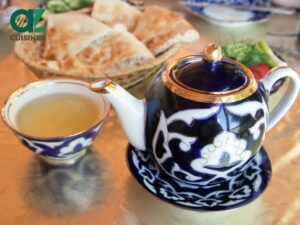
Green Tea
One prominent type is green tea, which is a staple in many East Asian cultures. During the hottest period of mid-summer, known as ‘chilla’, green tea is especially popular as it is believed to offer relief from the heat.
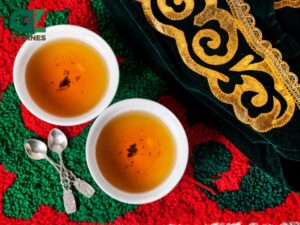
Black Tea
This type of tea is favored in Kazakhstan, usually served without milk or sugar. Black tea is also popular in Uzbekistan, especially in Tashkent. In Turkmenistan, black tea is preferred in autumn and winter.

Milk And Tea Blend
In some Central Asian regions, particularly those with a history of nomadic lifestyles, brewed tea is often blended with milk and salt and is known for its unique flavor profile.
In addition to these, teahouses in Central Asia, known as chaykhanas or choyxonas, serve as important social gathering places where various types of tea are enjoyed.
These teahouses are integral to the social fabric of many Central Asian communities, offering a space for conversation, relaxation, and of course, tea drinking.
The array of alcoholic beverages in Central Asia is just as varied, let’s move to the next part!
What are the Characteristics of Alcoholic Beverages in Central Asia?
Alcoholic beverages in Central Asia exhibit a diverse range of characteristics, reflecting the region’s rich cultural and historical tapestry.
- Historical Roots: The tradition of alcohol production in Central Asia has ancient roots, with some practices dating back centuries. This historical aspect adds a layer of depth and richness to the drinking culture in the region.
- Regional Variations: There is a notable variation in alcoholic beverages across different Central Asian countries and communities. Each area has its own unique types of drinks, influenced by local customs, climate, and available resources.
- Diversity of Ingredients: Central Asian alcoholic drinks are often made from a variety of local ingredients. This includes grains, fruits, and sometimes even dairy products.
- Preparation Methods: Central Asia has a tradition of producing alcoholic drinks, primarily from fermentation or distillation. These include various types of beers, wines, and spirits with alcohol content ranging from 3% to 50%.
- Cultural Significance: Alcoholic drinks in Central Asia are not just consumed for their taste or intoxicating effects; they are also often integral to social gatherings, celebrations, and rituals.
- Social Role: In many Central Asian societies, drinking alcohol is a communal activity, often associated with hospitality and the strengthening of social bonds. It plays an important role in social interactions and communal life with special drinking customs.
What Are The Drinking Customs in Central Asia?
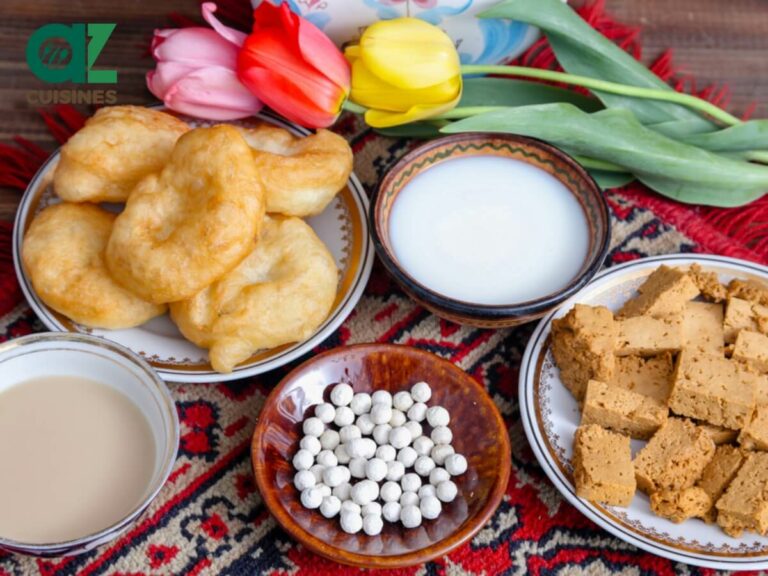
Drinking etiquette in Central Asia is shaped by the region’s rich cultural and historical heritage, influenced by Islamic traditions, the Silk Road, and Russian influences.
Here are some key aspects of drinking etiquette in various Central Asian countries:
- Hospitality and Respect: It’s important to accept tea or food when offered as a sign of hospitality and respect. Refusing can be seen as an insult.
- Tea Houses (Chaikhanas): Traditionally, guests removed shoes and sat on the floor or wooden beds. The atmosphere is respectful and quiet.
- Respectful Pouring: In Uzbekistan, less tea in a cup is a sign of respect for the guest.
- Seating Etiquette: The most honored guests are given the seat furthest from the entrance.
Lastly, a look at the FAQs will reveal further details about beverage culture in Central Asia.


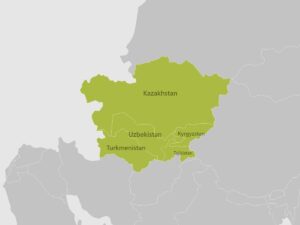
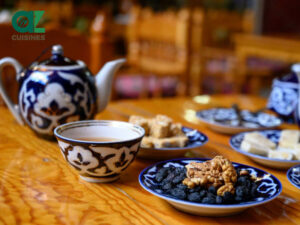
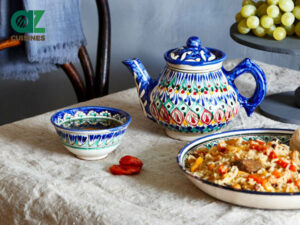
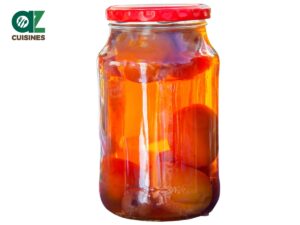
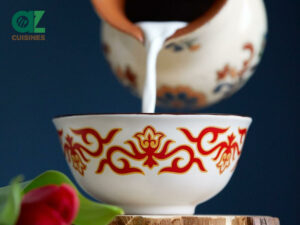

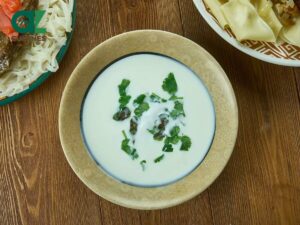


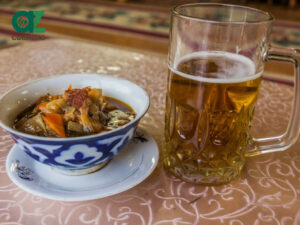
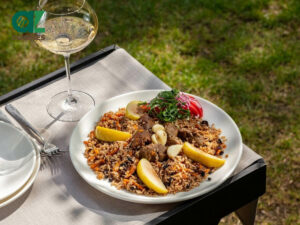

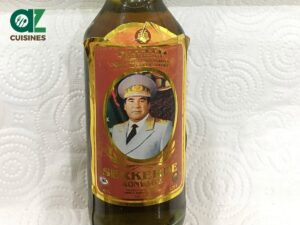









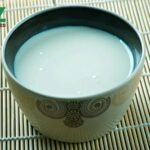
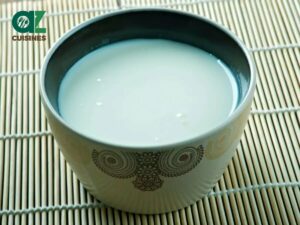
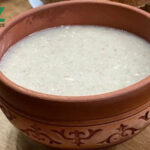

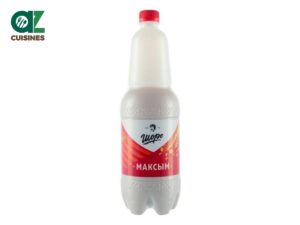
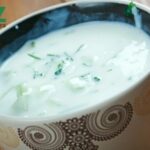
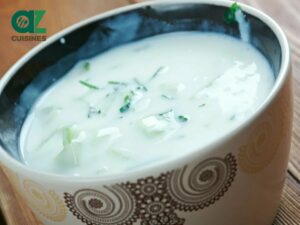



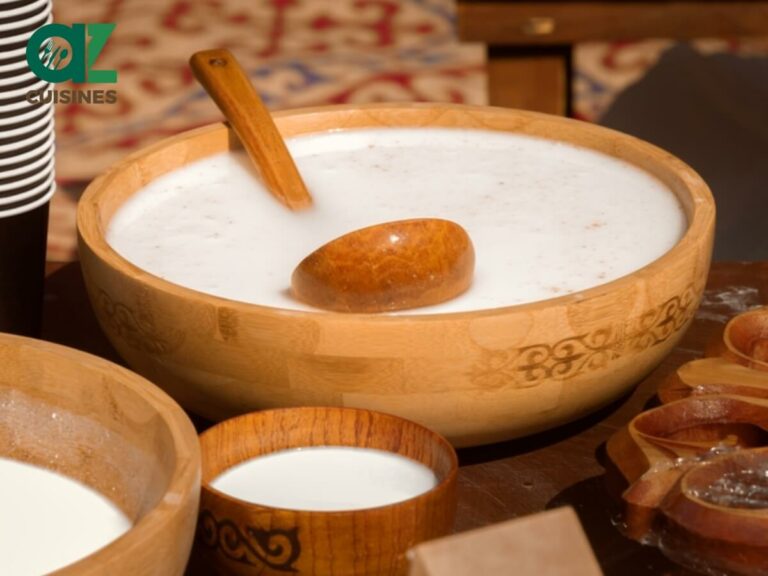
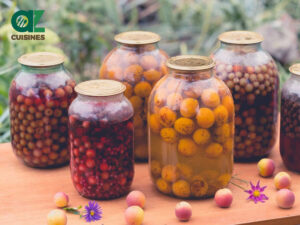

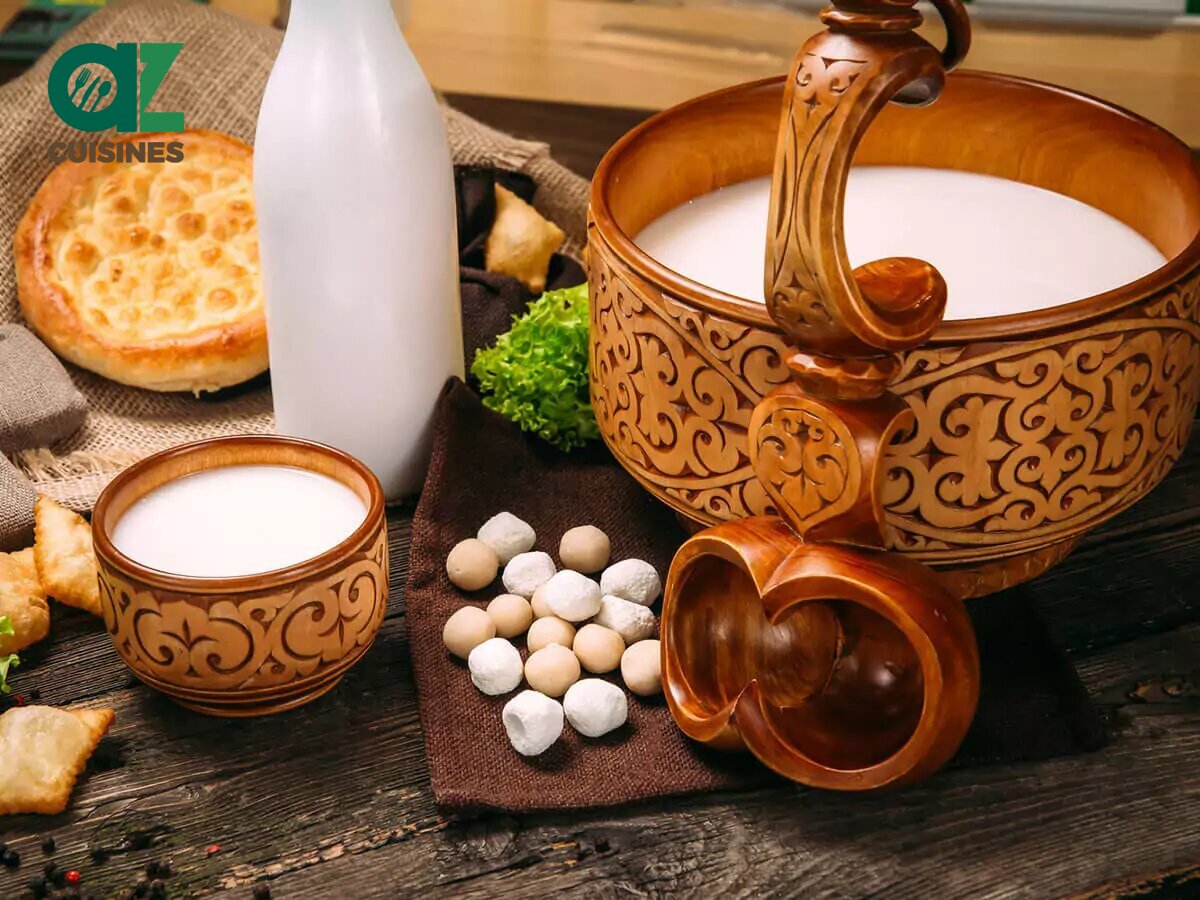
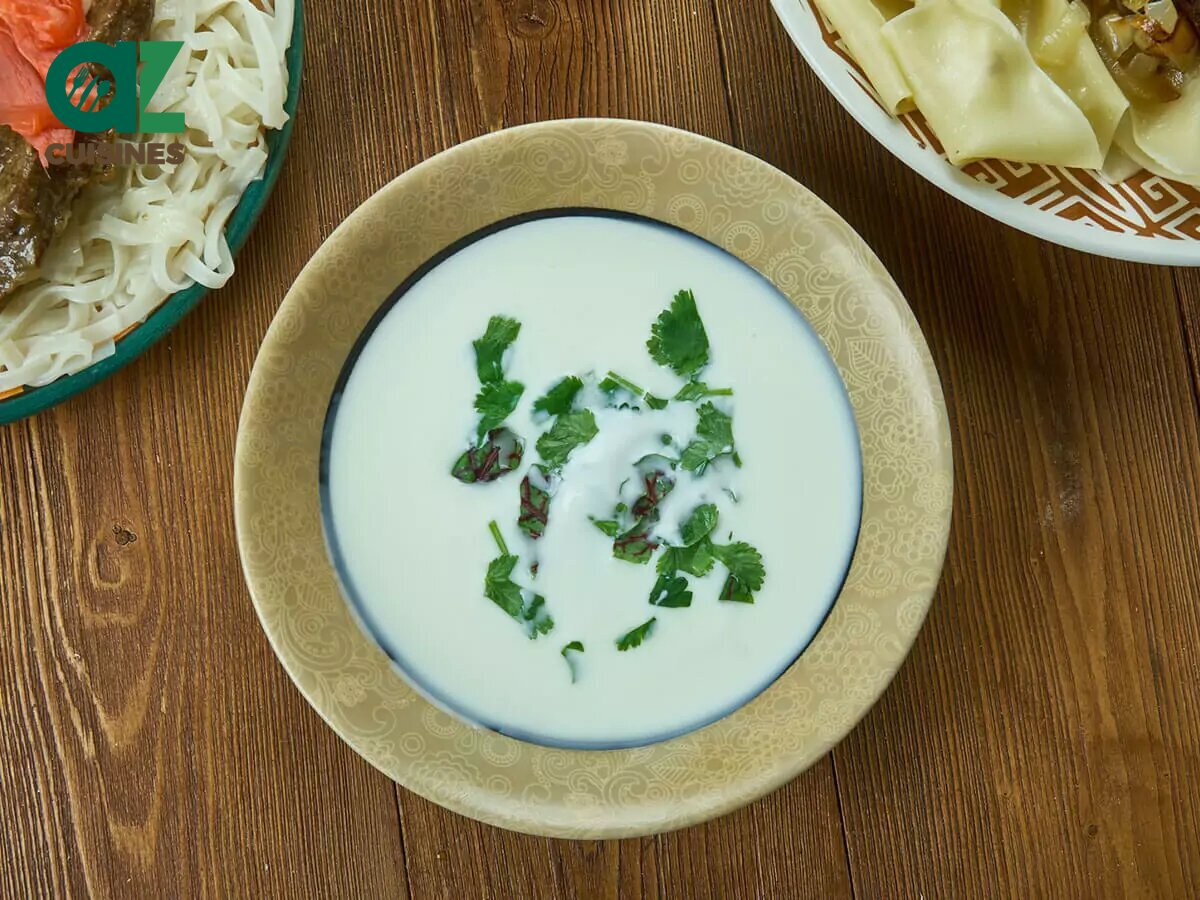

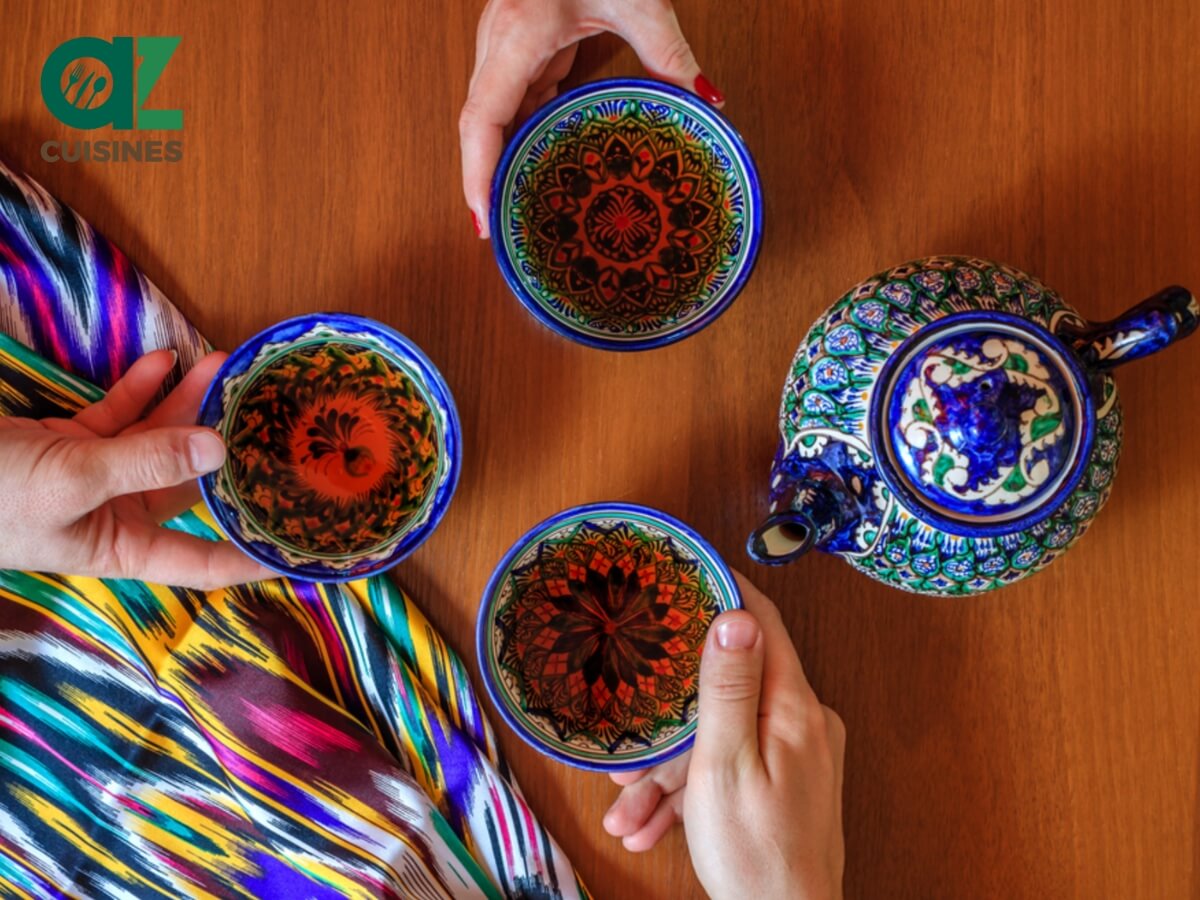
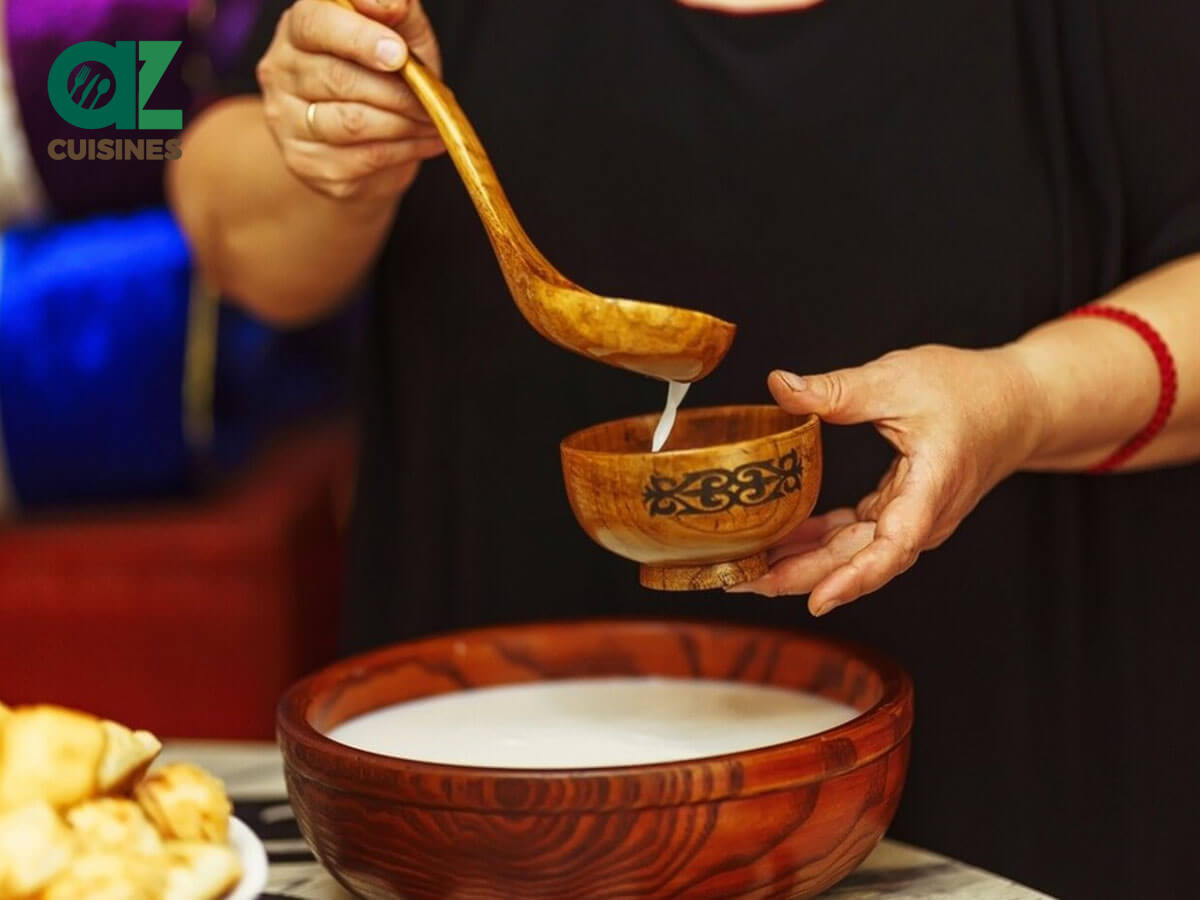
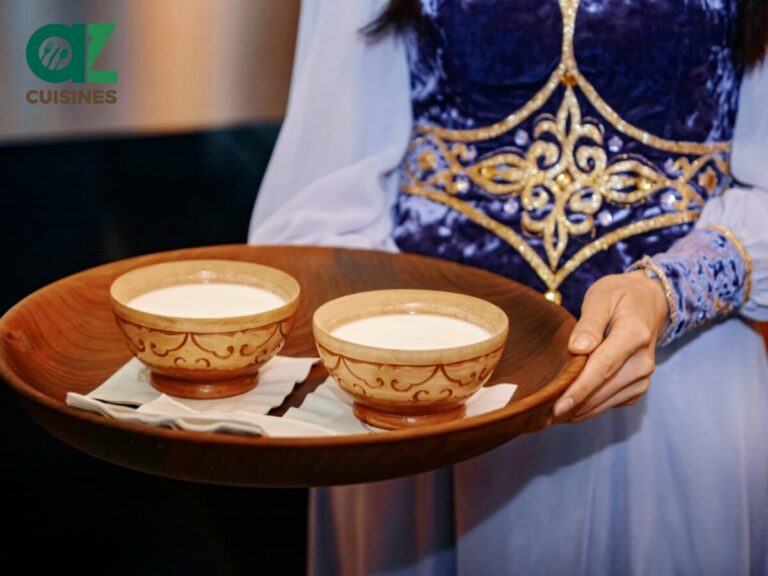

Adam Sam
Senior Food and Drink Editor
Expertise
Food Writer & Recipe Developer, Recipe Tester, Bartender, Cooking-video Maker, Editor In Chief
Education
Adam Sam, an experienced food writer and recipe developer, is passionate about blending diverse culinary traditions, national dishes, and innovative beverages, showcasing his proficiency in both traditional and modern recipe testing.
As the Editor-in-Chief, he elevates culinary content from street food to fine dining, focusing on Western cuisine and types of drinks at azcuisines.com, and is professional in creating engaging cooking videos that simplify complex dishes and ingredients.
His passion for food is evident in his writing, where he uniquely merges various cultures, traditions, and contemporary trends, skillfully combining classic recipes with modern cooking methods.